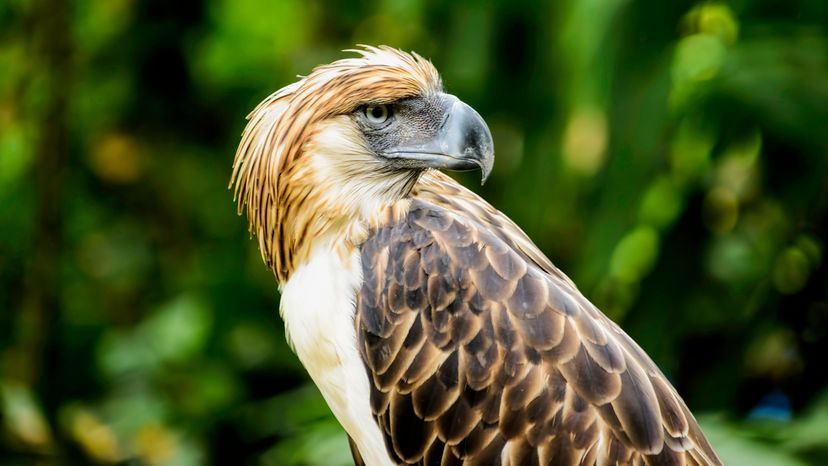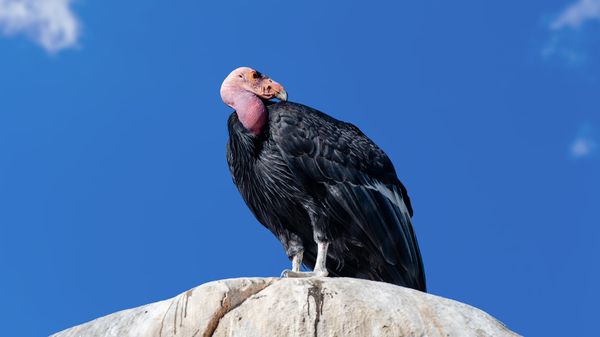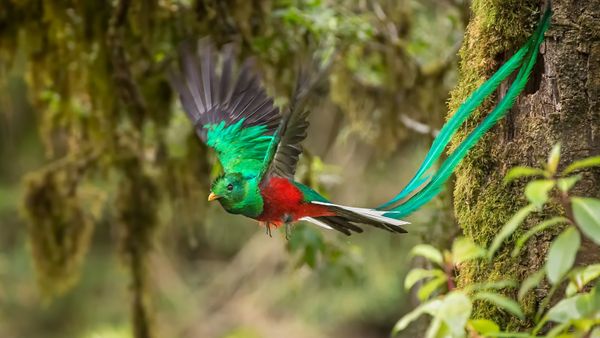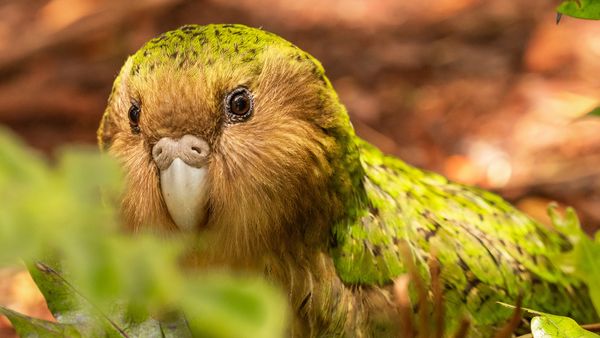The Philippine eagle (Pithecophaga jefferyi), also known as the great Philippine eagle or monkey-eating eagle, is one of the largest eagles in the world and the national bird of the Philippines.
Philippine eagles have a wingspan of 6.5 feet (1.9 meters) and weigh 10 to 18 pounds (4.5 to 8.1 kilograms), making them similar in size to the Harpy eagle and Steller's sea eagle.
These huge birds have dark brown wing feathers edged with white and white undersides. They communicate with high-pitched whistles; captive Philippine eagles can live up to 40 years.
Philippine Eagle Family Life
Philippine eagles live in pairs, and a Philippine eagle pair will bond for life. Females lay one egg every two years, and the Philippine eagle parents take turns incubating the egg.
The female stays in the nest for the first 40 days of the eaglet's life while the male hunts. The young chick will live with its parents for about a year and a half before leaving its parents' territory to find a suitable habitat to form a new breeding pair.
Where Do Philippine Eagles Live?
Philippine eagles occur in old-growth forest on just four islands in the Philippines: Luzon, Samar, Leyte and Mindanao. Most of the population lives in Mindanao.
Unfortunately, the lowland and montane forests where Philippine eagles live are shrinking due to deforestation.



